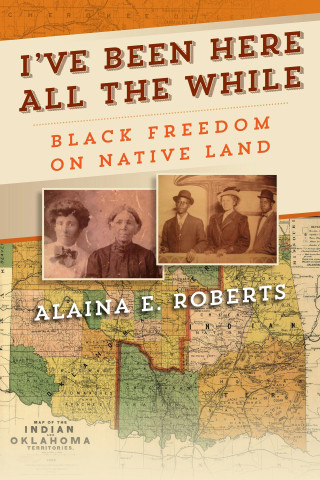Like most African Americans, I come from a family with a history that includes generations of enslavement. But unlike most, the men and women who held my ancestors in bondage were not white, they were Native American—people who were themselves oppressed by the process that led to my family’s freedom.
I grew up in Northern California, in a small city called Hayward. My paternal grandparents had moved to the area in the 1950s, joining thousands of other Black families migrating in the midst of the postwar boom. But every few years, they would journey back to whence they came, to Oklahoma, for a family reunion.
And so I took my first trip to Ardmore, Okla., around the age of 10. While I loathed the dead bugs stuck in the air conditioning units of the cheap hotel rooms we often stayed in, I treasured our visits to Calvary Baptist church, the place of worship that Roberts family members from over 100 years ago had built with their own hands, and I gaped at the tombstones that marked the graves of my ancestors born in the 1800s. I knew it was special that I, as a descendant of slaves, knew exactly where I was from.
As I began tracing this history as part of a genealogical project that became a dissertation, and now a book, I've Been Here All the While: Black Freedom on Native Land, my family story brought me both great joy and bittersweet realization: The Robertses were rare Black landowners whose possession ran from the 19th century to today, but their land ownership came at the cost of becoming part of the larger turn-of-the-century dispossession of Native nations across the West.
The land that lay beneath Calvary Baptist Church and its cemetery, as well as beneath the small house that had housed my great-great-grandparents, had once been communally owned by the same people that had enslaved them—Choctaw and Chickasaw Indians. In fact, this land became ours through a process in which the U.S. Government attempted to completely eradicate the sovereignty of Native American nations and force Native people into living like white Americans.
As the slaves of Chickasaw and Choctaw Indians, my ancestors Ned and Jack Roberts and Lydia Jackson were forcibly removed from their Southeastern homes in the 1830s. Along with their owners, they embarked on a journey that we often refer to today as the “Trail of Tears.” Along the way, they faced sickness, death and malnourishment.
